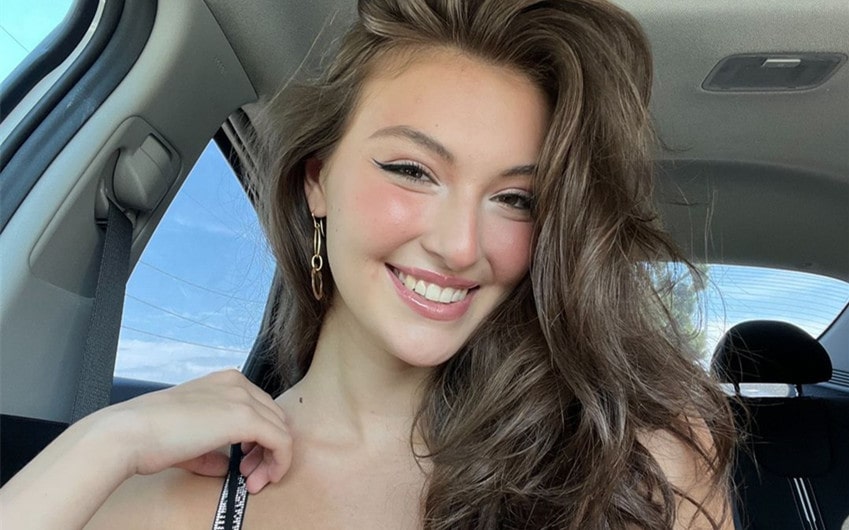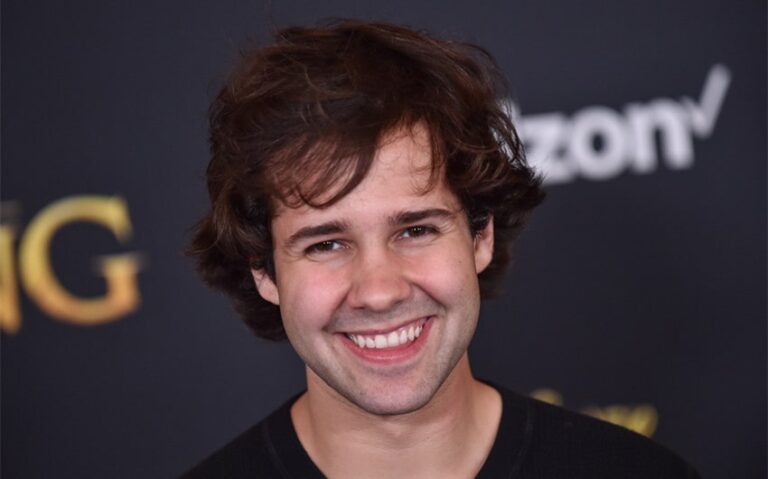Rachel Pizzolato OnlyFans: Balancing Branding, Influence, and Digital Identity
You’ve likely seen the name Rachel Pizzolato’s OnlyFans pop up in search queries or online chatter. While she hasn’t confirmed an official presence on the platform, the curiosity says something deeper about how audiences view influencers who blur the line between intellect and glamour. Rachel Pizzolato is a rare figure—one who’s walked red carpets, modeled for major publications, and excelled in STEM competitions. She’s proof that brains and beauty can coexist unapologetically. So naturally, when her name becomes linked with OnlyFans, people ask: how would that affect her brand? And what does it say about the evolving role of public figures in the creator economy?
Who Is Rachel Pizzolato? Blending STEM and Style
Rachel Pizzolato isn’t your typical influencer. She first gained recognition through her work on the TV show Tomorrow’s World Today, where she showcased innovations in science and sustainability. Off-camera, she’s become known for her achievements in STEM fairs, winning awards in fields often dominated by older professionals. But she’s also a fashion model, appearing in campaigns, editorials, and social media content that highlights her confident, stylish persona.
Her brand is rooted in the powerful duality of brains and beauty. She’s inspired young audiences—particularly women—to embrace their multidimensional interests, proving you don’t have to choose between science and self-expression. This is what makes any association with a platform like OnlyFans a topic of conversation.
The OnlyFans Effect: Why It Sparks Conversation
OnlyFans is often misunderstood. While it’s widely known for adult content, the platform is actually home to creators in fitness, education, art, and lifestyle. It offers direct-to-audience monetization, giving creators the ability to control their content, brand, and income stream without the oversight of sponsors or gatekeepers.
When someone like Rachel Pizzolato is linked to OnlyFans, it raises questions not because of scandal but because of brand evolution. The platform has long moved beyond its original reputation. Still, public reaction can be intense—especially when the figure in question is a young woman already balancing a high-profile image. For Rachel, the idea of launching an OnlyFans could be seen less as a departure and more as a strategic choice in a changing media landscape.
Rachel Pizzolato OnlyFans: Hypothetical or Real Strategy?
As of now, there is no confirmed Rachel Pizzolato OnlyFans account, but that hasn’t stopped speculation. If she were to create one, what would it look like? Based on her current branding, it wouldn’t likely follow the adult-content-heavy path that grabs headlines. Instead, she could use the platform to offer exclusive behind-the-scenes content, science explainers, Q&A sessions, or even fashion shoots with a more artistic or candid edge.
It would be a chance to invite fans into a more curated version of her world, while maintaining full creative control. In a time when social media is saturated and algorithm-driven, OnlyFans offers creators a way to speak directly to their most engaged followers without filtering through platform restrictions.
The Branding Tightrope: Empowerment vs. Perception
For women in the public eye—especially those in science or academia—there’s still pressure to adhere to a narrow definition of professionalism. Rachel Pizzolato has challenged that repeatedly, showing that intelligence and beauty are not mutually exclusive. But the introduction of a platform like OnlyFans to her brand would inevitably prompt public scrutiny.
Still, if used thoughtfully, it could reinforce her message of empowerment. By showing that she’s in charge of her content, how she monetizes it, and how she shares her story, Rachel could turn the narrative in her favor. Many women creators today are using platforms like OnlyFans not to diminish their credibility, but to claim their autonomy.
Audience Engagement and Platform Evolution
What makes OnlyFans different from other platforms is the ability to build a more personal and direct connection with fans. Whether it’s offering mentorship-style content, personalized messages, or exclusive access to projects and thoughts, the platform fosters deeper loyalty. Rachel Pizzolato’s audience—many of whom admire her for her achievements and versatility—could see value in that type of direct engagement.
It’s also important to acknowledge how platforms are changing. OnlyFans is no longer a one-note platform. It has become a space for digital entrepreneurs, educators, and creators who want more say in how they present themselves to the world.
What Rachel’s Case Teaches Us About Digital Identity
The speculation around Rachel Pizzolato OnlyFans reveals how complicated digital identity has become—especially for young women in the public eye. She represents a generation of creators who refuse to be put in a box. Whether she’s speaking at a science expo or walking in a fashion show, she embodies a new kind of multidimensional branding.
Whether or not she joins OnlyFans, the fact that people wonder about it is telling. It reflects the shifting boundaries of influence, where content creation, education, personal branding, and monetization intersect in unpredictable ways. What once would have been controversial is now seen as strategic, and what once seemed niche is now mainstream.
Featured Image Source: tiktok.com







